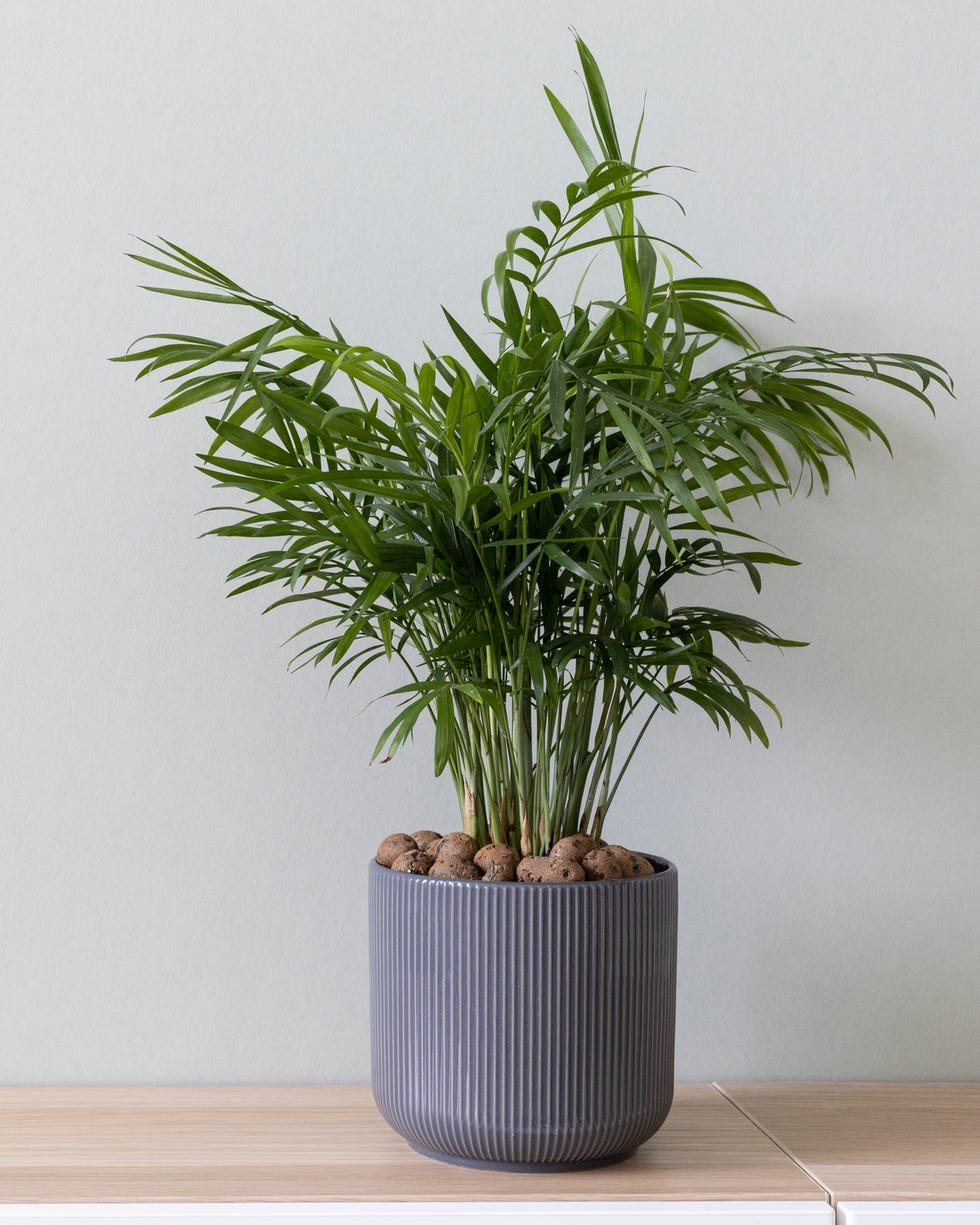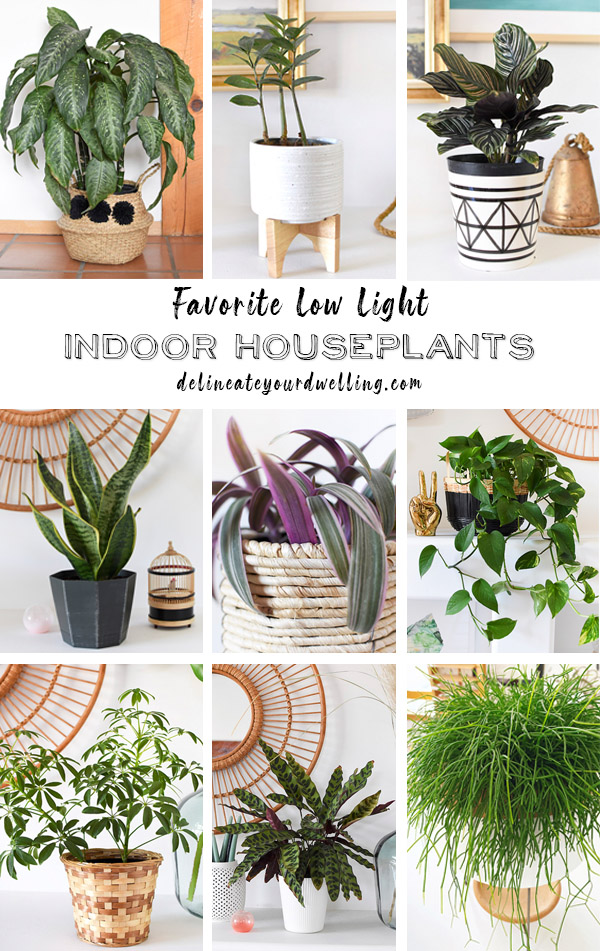Discover the Special Benefits of Low-Light Indoor Plants for Your Living Room
Incorporating low-light indoor plants right into your living room uses a wide variety of advantages that prolong far beyond plain aesthetic appeals. These sturdy plants not only thrive in environments with limited sunlight but also serve crucial functions such as air filtration and moisture enhancement.
Air Filtration Benefits
Low-light indoor plants not only boost the visual allure of living rooms however also play a considerable role in air purification. Research study has shown that certain plant varieties can successfully eliminate typical interior contaminants, consisting of trichloroethylene, benzene, and formaldehyde. These compounds often originate from household products such as furnishings, cleaning items, and building materials, adding to indoor air top quality issues.
Plants such as the snake plant, pothos, and tranquility lily are particularly skilled at filtering damaging materials from the air while flourishing in low-light problems. The process of phytoremediation, where plants take in and metabolize toxic substances, allows these varieties to add substantially to a much healthier interior environment. Furthermore, via photosynthesis, plants launch oxygen, further improving air top quality.
Including low-light indoor plants into office or home areas not just gives aesthetic benefits but likewise functions as a sensible technique for boosting air top quality. By selecting the best types, individuals can produce an environment that promotes wellness and minimizes direct exposure to unsafe toxins, making these plants a vital component in modern-day interior living.

State Of Mind Improvement Impacts
Many research studies have shown that including interior plants can substantially improve mood and overall psychological wellness. The existence of greenery in indoor environments has actually been connected to minimized stress levels, raised sensations of calmness, and improved psychological health. Low-light indoor plants, in particular, grow in settings where natural light is limited, making them excellent for different living areas.
Research shows that engaging with plants can promote the launch of serotonin, a neurotransmitter related to feelings of joy and wellness. Additionally, the act of looking after plants promotes a sense of obligation and accomplishment, more adding to favorable mental health end results. Moreover, low-light plants such as snake plants, pothos, and tranquility lilies have actually been shown to boost air quality, which is intrinsically connected to mood improvement.
Integrating these plants into your home or workplace can produce a peaceful atmosphere, using a visual and sensory retreat from the hustle and bustle of day-to-day life - Best low-light indoor plants. As people spend enhancing quantities of time inside your home, the mood-enhancing impacts of low-light indoor plants come to be a lot more vital, supplying not just aesthetic charm yet also a profound effect on psychological health
Low Maintenance Demands
For those looking for to enhance their indoor areas without a substantial time dedication, low-light interior plants are an optimal selection due to their low maintenance demands. These durable plants prosper in less-than-ideal lighting problems, making them excellent for homes and workplaces where all-natural sunshine is restricted.

Pest resistance is another advantage of low-light indoor plants. Numerous varieties are much less prone to typical insects, reducing the demand for continuous monitoring and intervention. These plants typically grow a lot more slowly than their high-light equivalents, indicating visit our website less regular repotting and pruning are essential.
Aesthetic Charm and Versatility
:max_bytes(150000):strip_icc()/low-light-houseplants-snake-plant-hero-getty-1123-bb1e9fd1b2024e879a45c3e6bbd9fcfe.jpg)
Furthermore, these plants can be set up in myriad methods, whether in groups for a lush effect or as standalone features to attract the eye. The selections of planter designs-- from streamlined ceramic pots to rustic wood containers-- even more improve their aesthetic worth, permitting homeowners to express their individual design.
In addition, low-light plants can be purposefully positioned in locations that might or else really feel overlooked, such as corners or poorly lit racks, thus maximizing their attractive possibility. Eventually, the combination of their striking look and convenience makes low-light interior plants an important enhancement to any kind of home, creating a welcoming environment that promotes health and leisure.
Improved Humidity Degrees
Enhancing indoor moisture degrees is one of the substantial benefits of including low-light indoor plants into living areas. These plants naturally release dampness vapor with a process called transpiration, which occurs when water absorbed by the origins moves via the plant and vaporizes from the leaves. This process not just enhances moisture but likewise contributes to a much healthier interior atmosphere.
Enhanced humidity levels can minimize numerous health concerns, such as dry skin, breathing troubles, and allergies. Numerous people experience discomfort in arid interior problems, particularly during winter season when furnace are in usage. By purposefully placing low-light plants throughout your home, you can produce a much more well balanced humidity level that promotes total health.
In addition, particular low-light interior plants, like tranquility lilies and crawler plants, are especially efficient at enhancing humidity (Best reference low-light indoor plants). Thus, low-light indoor plants offer both visual and useful functions, promoting a healthier ambience.
Verdict
In summary, low-light interior plants offer many advantages that contribute to a healthier and extra inviting living area. Integrating these durable plants right into indoor setups not only raises the setting but also promotes general health, establishing a relaxing sanctuary for locals.
Plants such as the serpent plant, pothos, and tranquility lily are specifically experienced at filtering system dangerous substances from the air while flourishing in low-light problems. Low-light plants such as serpent plants, pothos, and tranquility lilies have actually been shown to improve air high quality, which is inherently connected to state of mind enhancement.
Low-light indoor plants, such as snake plants, pothos, and ZZ plants, not only improve the visual landscape of a space yet additionally introduce numerous appearances and shades of green that can complement diverse interior styles. These plants naturally release moisture vapor through a procedure understood as transpiration, which takes place when water soaked up by the origins relocates with the plant and vaporizes from the leaves.Additionally, specific low-light interior plants, like peace lilies and spider plants, are especially efficient at enhancing humidity.